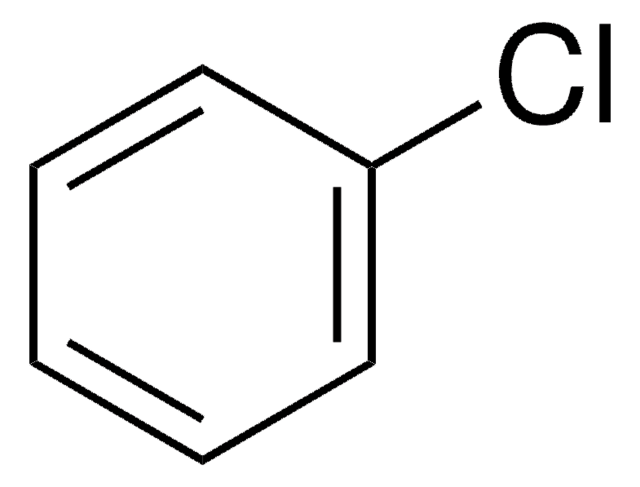Kluczowe dokumenty
About This Item
83 mmHg ( 37.7 °C)
Polecane produkty
klasa czystości
anhydrous
Poziom jakości
gęstość pary
3.5 (vs air)
ciśnienie pary
40 mmHg ( 20 °C)
83 mmHg ( 37.7 °C)
Próba
99%
Formularz
liquid
temp. samozapłonu
433 °F
granice wybuchowości
7 %
charakterystyka ekologicznej alternatywy
Safer Solvents and Auxiliaries
Learn more about the Principles of Green Chemistry.
sustainability
Greener Alternative Product
zanieczyszczenia
<0.001% water
<0.005% water (100 mL pkg)
pozostałość po odparowaniu
<0.0005%
współczynnik refrakcji
n20/D 1.387 (lit.)
bp
98 °C (lit.)
mp
−91 °C (lit.)
rozpuszczalność
water: insoluble
gęstość
0.684 g/mL at 25 °C (lit.)
kategoria ekologicznej alternatywy
ciąg SMILES
CCCCCCC
InChI
1S/C7H16/c1-3-5-7-6-4-2/h3-7H2,1-2H3
Klucz InChI
IMNFDUFMRHMDMM-UHFFFAOYSA-N
Szukasz podobnych produktów? Odwiedź Przewodnik dotyczący porównywania produktów
Opis ogólny
Heptane is a linear hydrocarbon that is considered as a greener alternative to the more toxic hexane.
Zastosowanie
Cechy i korzyści
Opakowanie
Inne uwagi
What is a green solvent? A comprehensive framework for the environmental assessment of solvents
Informacje prawne
Hasło ostrzegawcze
Danger
Zwroty wskazujące rodzaj zagrożenia
Zwroty wskazujące środki ostrożności
Klasyfikacja zagrożeń
Aquatic Acute 1 - Aquatic Chronic 1 - Asp. Tox. 1 - Flam. Liq. 2 - Skin Irrit. 2 - STOT SE 3
Organy docelowe
Central nervous system
Kod klasy składowania
3 - Flammable liquids
Klasa zagrożenia wodnego (WGK)
WGK 2
Temperatura zapłonu (°F)
24.8 °F - closed cup
Temperatura zapłonu (°C)
-4 °C - closed cup
Środki ochrony indywidualnej
Eyeshields, Faceshields, Gloves, type ABEK (EN14387) respirator filter
Wybierz jedną z najnowszych wersji:
Masz już ten produkt?
Dokumenty związane z niedawno zakupionymi produktami zostały zamieszczone w Bibliotece dokumentów.
Powiązane treści
Dlaczego miałbyś wybierać między rozpuszczalnikami, które są ekologiczne, a tymi, które są niezawodne? Korzystaj z obu jednocześnie dzięki naszym bioodnawialnym i bardziej ekologicznym rozwiązaniom. Rozpuszczalnik Cyrene™ to nowa dipolarna aprotyczna alternatywa dla popularnych rozpuszczalników objętych ograniczeniami REACH, takich jak N-metylo-2-pirolidon (NMP) i dimetyloformamid (DMF).
Nasz zespół naukowców ma doświadczenie we wszystkich obszarach badań, w tym w naukach przyrodniczych, materiałoznawstwie, syntezie chemicznej, chromatografii, analityce i wielu innych dziedzinach.
Skontaktuj się z zespołem ds. pomocy technicznej






